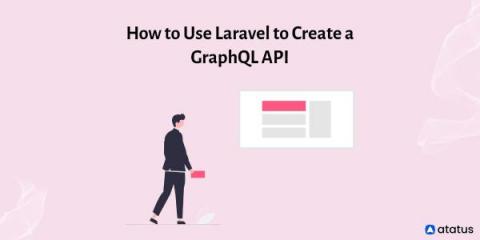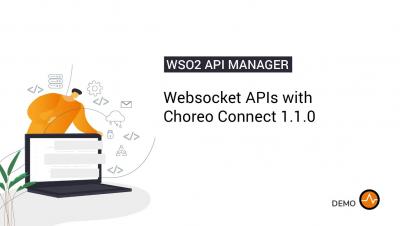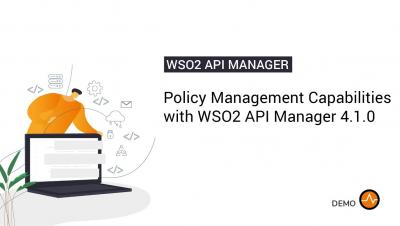What is OPcache and How to Install it?
OPcache is a form of caching system that caches precompiled script bytecode in a server's memory, allowing a web page to load faster each time a user accesses it. With the OPcache PHP OPcode caching system, you can speed up your website three times. In this article, we will discuss what is OPcache and how to use it to speed up your website.











